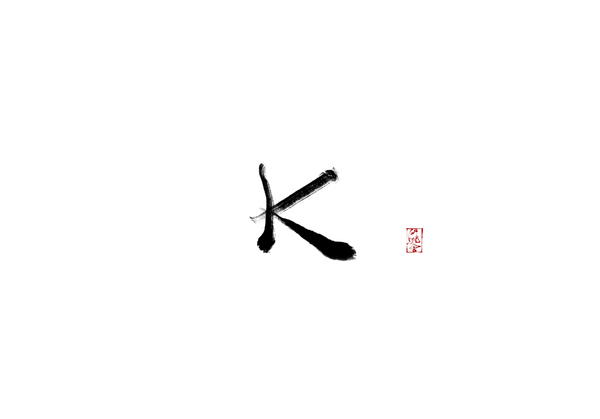KIMONOからKIRUMONOへ
Kirumono Kenkyusyaは、反物や日本の布地を服にするチームです。
19世紀
西洋の技術・文化・政治・経済制度いち早く取り入れたことで、
西洋列強に支配されることなく、現在まで日本が存在します。
当時の海外からの諸々の輸入は、何も悪いことではありません。
むしろそうでなければ、
日本というものが存在し得なかったかもしれないことを思えば
それは正しい交流だったと言えます。
しかし
それまで育まれてきたものを、前時代的
または遅れたものであると見放してしまうのは
良いことには思えません。
広く文化を見渡した時、
日本画に対して洋画があり
木造建築対してコンクリートビルがあり
邦楽に対して洋楽があり、
それぞれが影響し合いながら、現代に即した形となっています。
服に関してはどうでしょうか。
和服に対して洋服があります。
そもそも和服も古代中国から輸入してきた服装を
長い時間を経て日本のオリジナリティへと醸成されたものです。
近代以降、西洋の服装を取り入れた日本は
その服装に関して日本人のオリジナリティを確立できているでしょうか。
現代の和服は、もはやイベント的にのみ着用される
伝統民族衣装の立場となってきています。
そのような現代の和服と洋服の2つの異なる服装
について考えながら、
日本人のオリジナリティとなる服装を思索するのが私たちの服づくりです。

Kirumono Kenkyusya is a team that turns antimonos and Japanese fabrics into clothing.
To quote the context of Japanese kimono, culture, and history within the Western clothing
culture and connect it to the modern world.
In the 19th century, Japan was one of the first to adopt Western technology, culture,
politics, and economic systems, which has allowed Japan to exist to this day without being
dominated by the powers that be. There is nothing wrong with importing various things
from overseas at that time. In fact, it may have been the right kind of exchange,
considering that Japan might not have existed without it.
However, I do not think it is good to dismiss what has been nurtured up to that point as
being outdated or retarded.
When we look at culture more broadly, we see Western-style painting in contrast to
Japanese painting, concrete buildings in contrast to wooden structures, and Western music
in contrast to Japanese music, each influencing the other in ways that are relevant today.
What about clothing?
There is Japanese-style clothing versus Western-style clothing. Originally, kimonos were
imported from China in ancient times, and over a long period of time, they developed into
Japan's originality.
Japan has adopted Western clothing since the modern era, but has Japan established its
own originality in terms of clothing?
Modern kimonos are now in the position of traditional ethnic costumes worn only for
events.
Our clothes-making process is to consider these two different types of clothing, kimono
and western-style clothing, and to think about the clothes that will become the originality
of the Japanese people.
